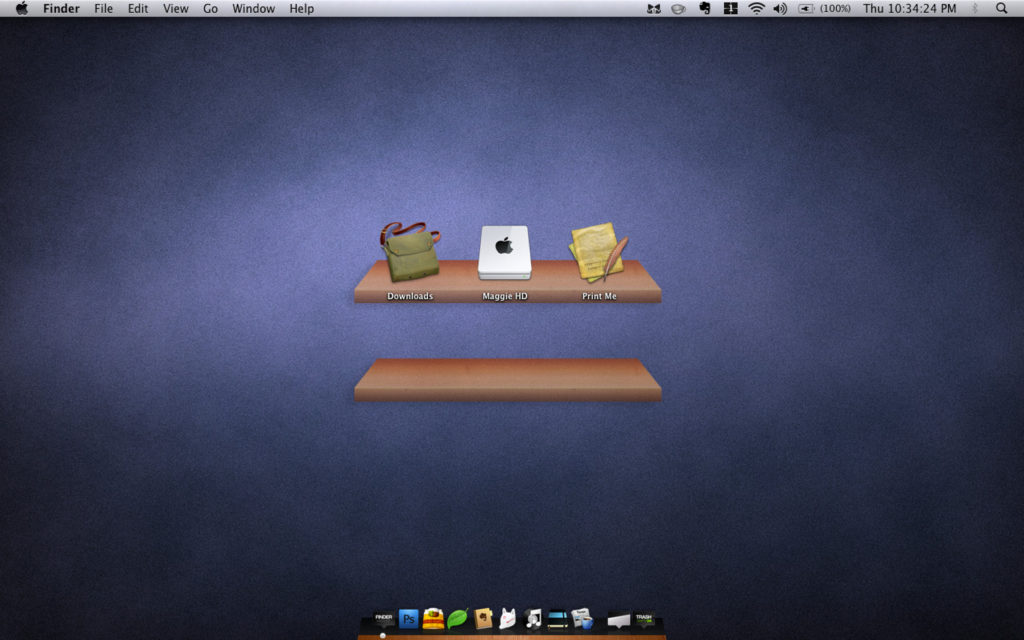Nostalgia is relative, of course, but for a lot of us Millennials, that first decade of the 21st century was a wild ride in digital design and produced some pretty distinctive trends and phases. While we continue to see design trends of course, it's not as dramatic in my opinion.
I also remember this general consensus that skeuomorphism is bad. We should embrace the fact that we're working with a 2D, digital interface, and that it's lazy to make design decisions based on the physical world. It made total sense at the moment: let's create our own UI world, we can be untethered and original! Just like fashion, everything comes back around and not all design is empirically objective. Wherever it isn't, we still have room for subjective (dare I say, fun) interfaces.
Teenage Skeumorphic Desktop Designs

This was such a throwback. I want to recreate some of these!
Wabi-Sabi for Artists, Designers, Poets & Philosophers
I love this book. It's so short and easy to read in bite sized lunch breaks. Give it a try!
Ever since I finished this book, I have wanted to bring back skeuomorphic interfaces, but use our modern tech to apply a natural veneer of wabi-sabi to it.
For those who haven't read the book, the quickest explanation is that it's this sense of beauty you get from a very old and well-loved piece of worn material – wooden furniture with memorable scuffs and discoloration, a leather wallet or jacket that shows the thousands of times you touched it, an old printed photo of a loved-one that's grainy, a little warped, etc.
How can your favorite e-book or audiobook look like it has been read several times? How can an app icon show soft spots where it was clicked in the same area a hundred times?
Internet Artifacts

Have fun clicking around this interactive history lesson!

No Comments.